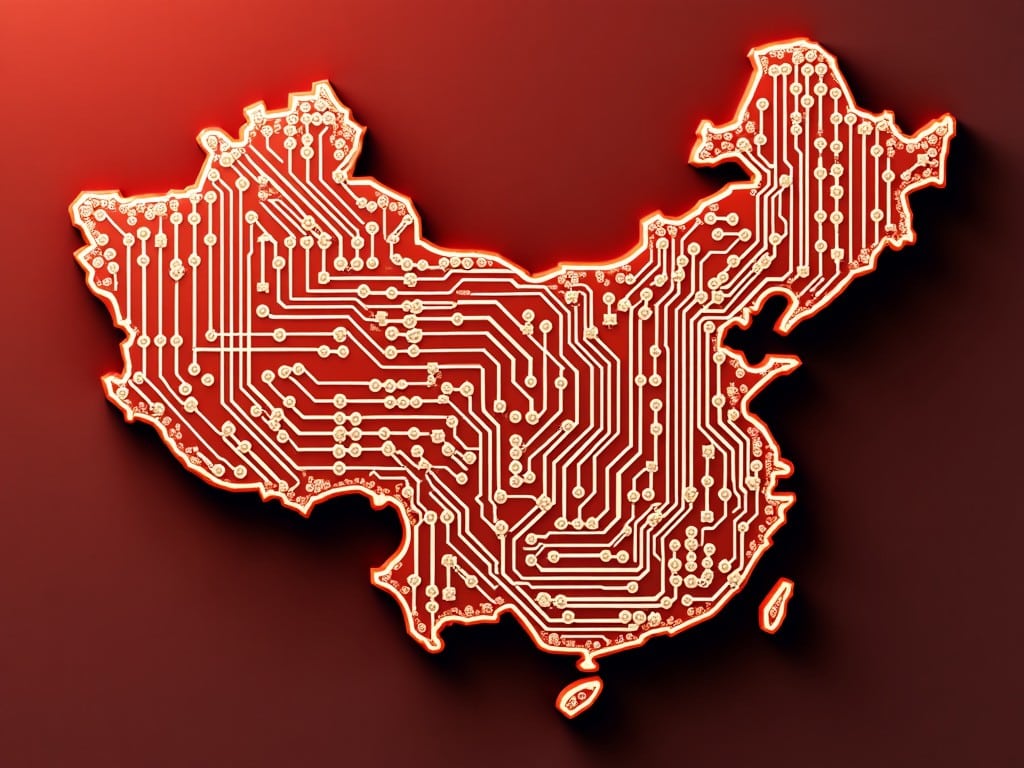
TL;DR: Top 10 Technology Challenges in China for Foreign Business
Top 10 technology challenges in China. When expanding your business into China, understanding and planning for the unique technological landscape is important for success. The regulatory environment, internet restrictions, and local market dynamics can pose significant challenges for foreign businesses. It’s essential to be well-prepared and aware of the key factors that can impact your operations. This TL;DR post highlights the top 10 technology challenges in China that foreign businesses need to be mindful of when managing their operations. From data localisation and cybersecurity compliance to integrating mobile payments and hiring tech talent, PTS hopes that these insights will help you ensure your business runs smoothly and stays compliant in one of the world’s most rewarding yet challenging markets.
- Data Localisation Requirements: China mandates that certain types of data, especially personal and financial information, must be stored within the country. Plan your data storage and management strategy accordingly.
- Cybersecurity Law Compliance: China’s cybersecurity laws are stringent, requiring businesses to adhere to regulations on data protection, network security, and critical infrastructure. Ensure your operations are fully compliant.
- Internet Restrictions: The “Great Firewall” limits access to global internet resources. Consider alternatives like VPNs (where legal), SDWAN or local cloud services to maintain connectivity and operational efficiency.
- Intellectual Property Protection: Protect your IP with local registrations and vigilant monitoring. China’s IP laws are improving, but enforcement can still be challenging.
- Cloud Service Considerations: Choose cloud providers carefully. Many global providers face restrictions in China, so look for partnerships with local companies like Alibaba Cloud or Tencent Cloud.
- Localisation of Software: Ensure that your software and applications are fully localised for the Chinese market, including language support, local payment systems, and compliance with local standards.
- Cross-Border Data Transfer: China has strict regulations on data transfer out of the country. Establish clear protocols for data management and transfer that comply with local laws.
- Supply Chain Digitalisation: Digital tools for managing supply chains are crucial. Consider local solutions that integrate well with Chinese logistics networks and regulations.
- Mobile Payment Integration: Mobile payments dominate in China. Ensure your systems support popular platforms like Alipay and WeChat Pay to facilitate seamless transactions.
- Tech Talent Acquisition: Navigating the local talent market can be tricky. Consider working with local recruitment agencies or partners to hire skilled IT professionals familiar with Chinese regulations and business practices.
Top 10 technology challenges in China are really just a staring point, each business is different and needs to take a nuanced approach to managing their operations in China to ensure they are secure, compliant, and efficient. Planning ahead for these challenges will help you avoid common pitfalls and succeed in the Chinese market. PTS can help you plan for these challenges, drop us a line if you need some friendly advice.